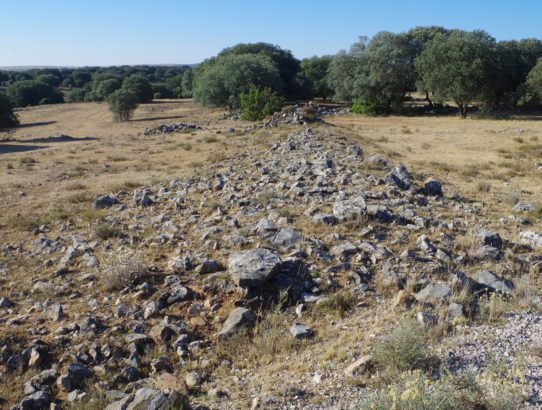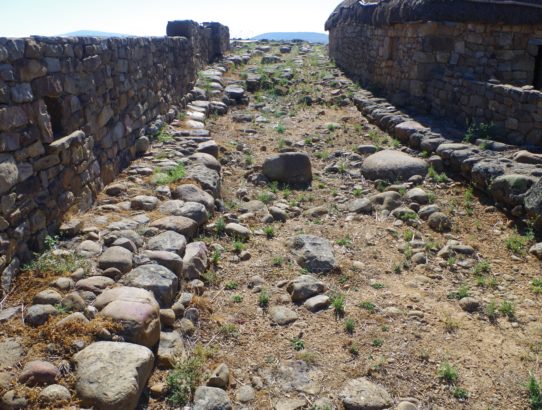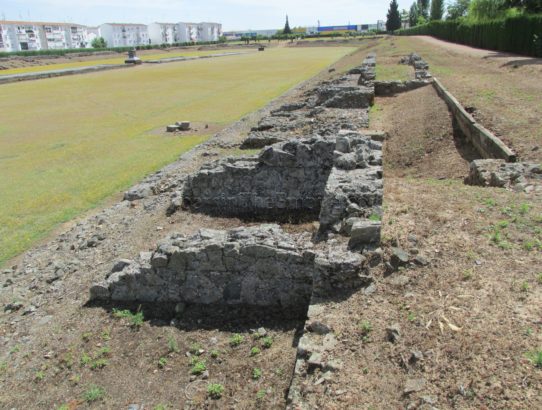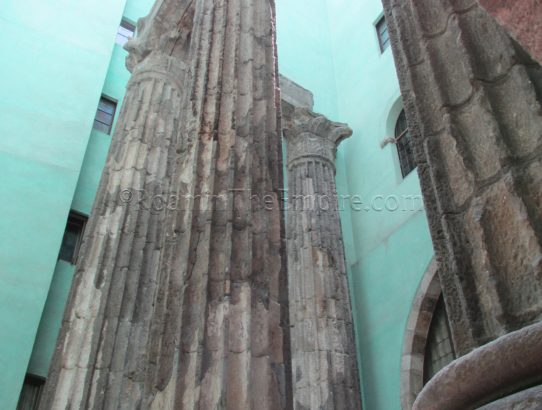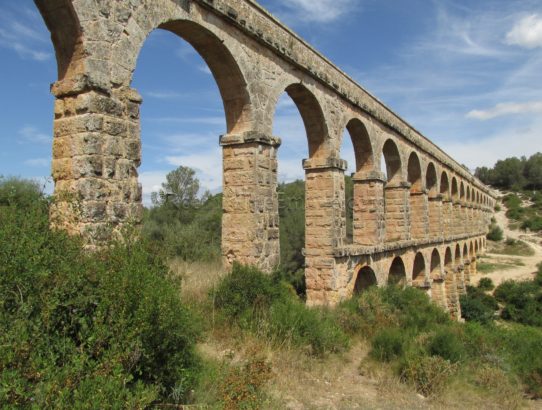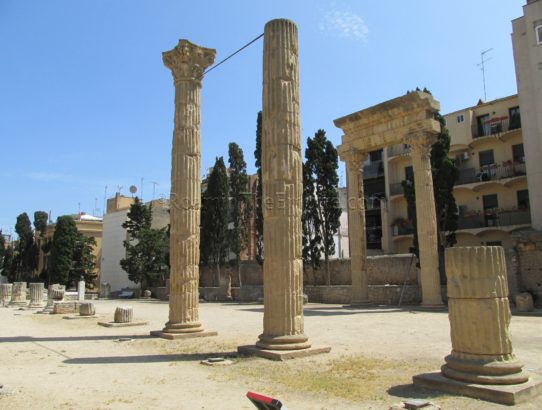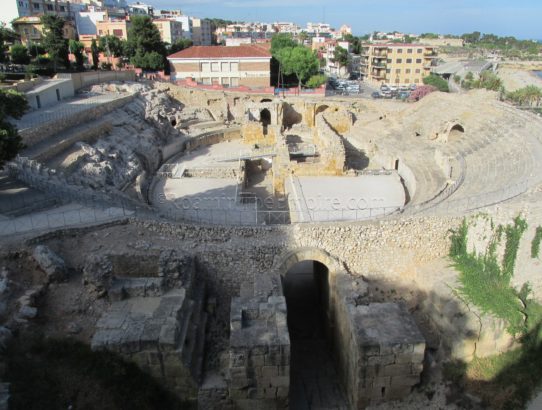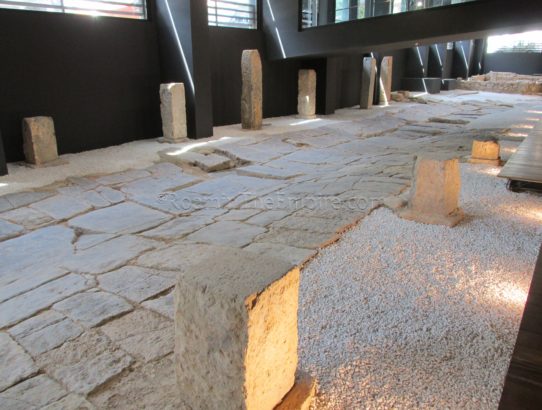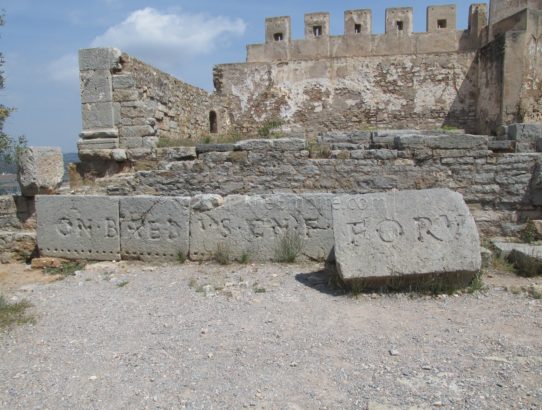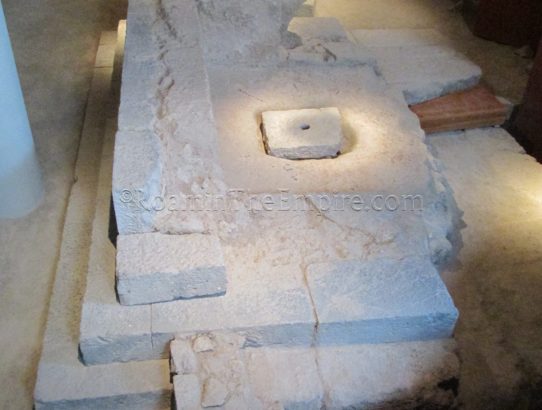Numantia, Hispania Tarraconensis – Part II
Continued From Numantia, Hispania Tarraconensis – Part I While I may have found the actual archaeological site of Numantia a little disappointing, one thing that was not disappointing about my Numantia experience was, located about 7 kilometers to the northeast, about a kilometer northeast of the town of Reniblas. Located there are the vestiges of…
Read More


